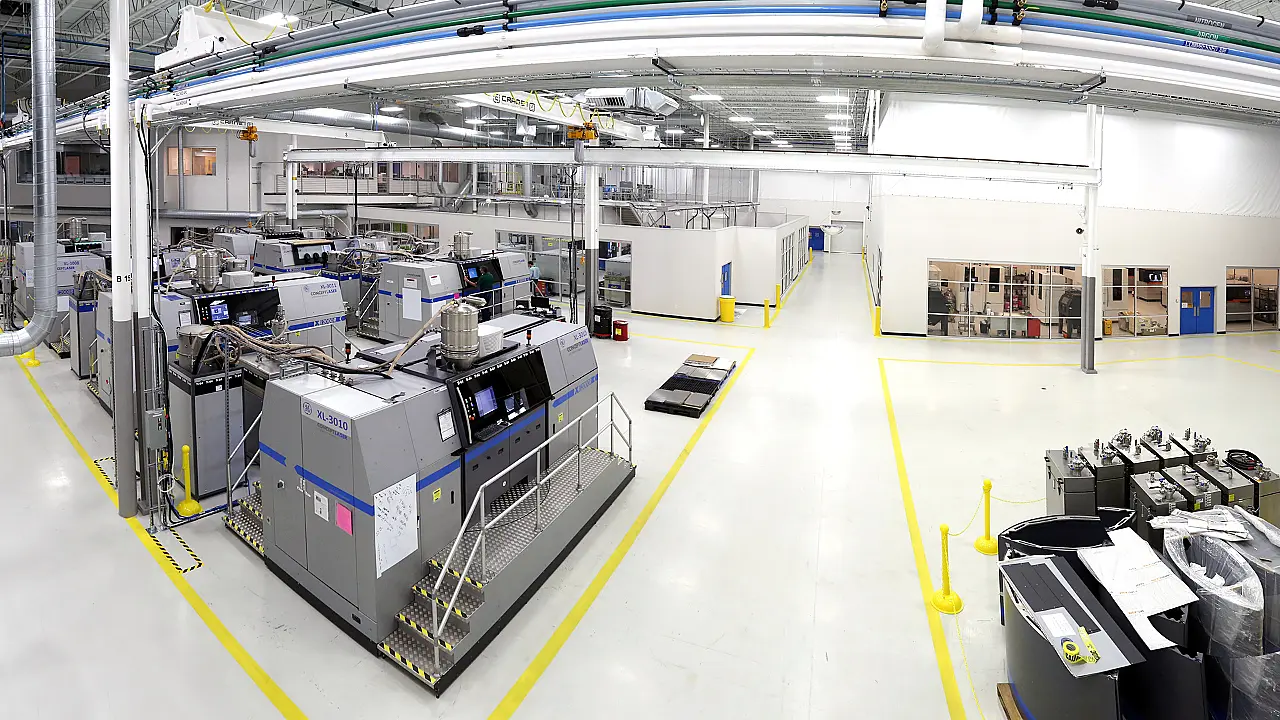
Rising demand for 3D printing technology to manufacture intricate aerospace components drives the global aerospace 3D printing market to reach $11.98 billion in 2028.
According to the latest analysis by Emergen Research, the global aerospace 3D printing market is expected to register a rapid CAGR of 26.6% till 2028.
The report noted that 3D printing in the aerospace industry finds extensive application in producing intricate parts using various materials such as plastics, composites, and metals, including steel, titanium, nickel, chromium, and aluminium. For instance, GE Aviation employs 3D printing to produce fan blade edges with intricate shapes for airflow optimisation.
Materials such as Inconel 718 (an alloy of nickel and chromium) and Titanium Ti6Al4V are used in aircraft production to deliver superior flexibility in terms of geometry optimisation and create added space for innovation and new design exploration.
Additionally, the use of 3D printing technology in the aerospace industry enables designers to achieve maximum performance without accommodating production limitations.
Major companies in the market include Stratasys, Höganäs, EOS, Norsk Titanium, MTU Aero Engines, 3D Systems Corporation, Materialise NV, Ultimaker BV, EnvisionTEC, and ExOne.
Key Highlights
A significant benefit of fused deposition modelling is its easy scalability. In addition, the fused deposition modelling printer allows for a wide variety of thermoplastic materials and filaments to be printed with comparatively few modifications and upgrades, the research firm said.
Aerospace 3D printing is beneficial in improving aircraft design. Increasing sophistication and advancements in 3D printing software allow engineers to optimise aircraft part designs that can be 3D printed. Such design enhancements aid in reducing the aircraft life-cycle cost by improving engine efficiency, decreasing aircraft mass, and reducing drag.
Aerospace 3D printing enables the manufacturing of various components using a wide range of raw materials, thereby increasing production efficiency and enhancing lead times in supply chain management.
Asia Pacific revenue is expected to register the fastest growth rate during the forecast period, attributed to rising disposable income, increasing air traffic volumes, and rising demand for new aircraft, the report noted.
Courtesy: Emergen Research. NB: Photo is representational; courtesy: GE.